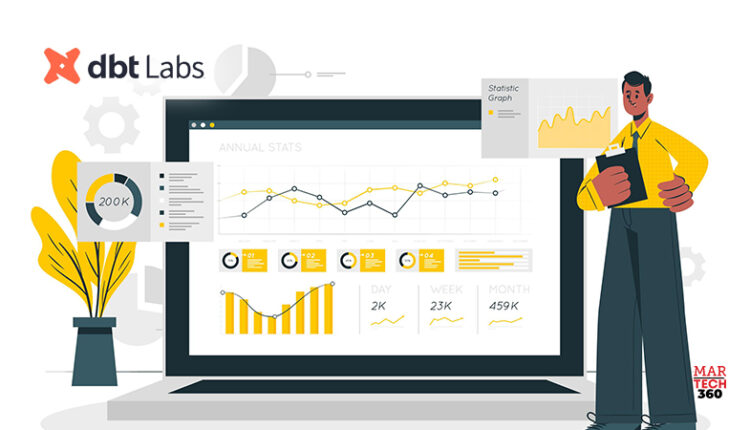dbt Labs Announces the Next Generation of the dbt Semantic Layer, Introduced Alongside New Integration with Tableau
dbt Labs, the pioneer in analytics engineering, has announced the next generation of the dbt Semantic Layer following its acquisition of Transform in February 2023. Unveiled during the keynote at dbt Labs’ Coalesce 2023, the dbt Semantic Layer enables organizations to centrally define business metrics in dbt Cloud and then query them from any integrated analytics tool. This allows organizations to ensure that critical definitions such as “revenue,” “customer count,” or “churn rate” are consistent in every data application.
dbt Labs is also shipping a new integration with Tableau for the dbt Semantic Layer, a game-changing step in the technology’s evolution. With this integration, the thousands of organizations that rely on Tableau’s analytics platform can benefit from business-critical metrics that are consistent, reliable, and reading from a single, verified source of truth. The Semantic Layer also integrates with Google Sheets, Hex, Klipfolio, Lightdash, Mode, and Push.ai with additional integrations planned for the coming months.
“This is an important moment for the dbt Semantic Layer,” said Tristan Handy, founder and CEO of dbt Labs. “First, our customers now have access to the fully integrated best-in-class technology that we acquired in the Transform acquisition. Second, our customers can use the dbt Semantic Layer with two of the most widely used data analysis tools, Tableau and Google Sheets, with additional integrations available right now and more integrations coming soon. With the Semantic Layer, data teams can have confidence that everyone in the business is working from the same, shared definitions.”
Also Read: Domo Named to the 2023 SaaS Awards Shortlist
Delivering Consistent Metrics at Scale
With the new version of the dbt Semantic Layer, it’s now easier than ever for organizations to define and access complex metrics highly efficiently, at scale. The following new features are now generally available as part of the revamped dbt Semantic Layer:
- Dynamic join support: Join any number of tables together to produce metrics on top of an existing database.
- Optimized query plans and SQL generation: Generates joins, filters and aggregations just as an analyst would, with legible and performant SQL.
- Complex metric types: Enables new aggregations and more flexible metric definitions, empowering users to define more metrics critical to measuring their business.
- Expanded data platform support: Supports BigQuery, Databricks, Redshift, and Snowflake, including performance optimizations for each.
“We are thrilled to bring support for the revamped dbt Semantic Layer to Databricks customers,” said Ken Wong, Senior Director of Product Management at Databricks. “Databricks customers have embraced our dbt Cloud adapter to enable analytics engineering at scale. With the support of the new Semantic Layer, they’ll be able to deliver more reliable analytics in the hands of more users while fully leveraging the unified lakehouse architecture.”
SOURCE: PRNewswire


Comments are closed.